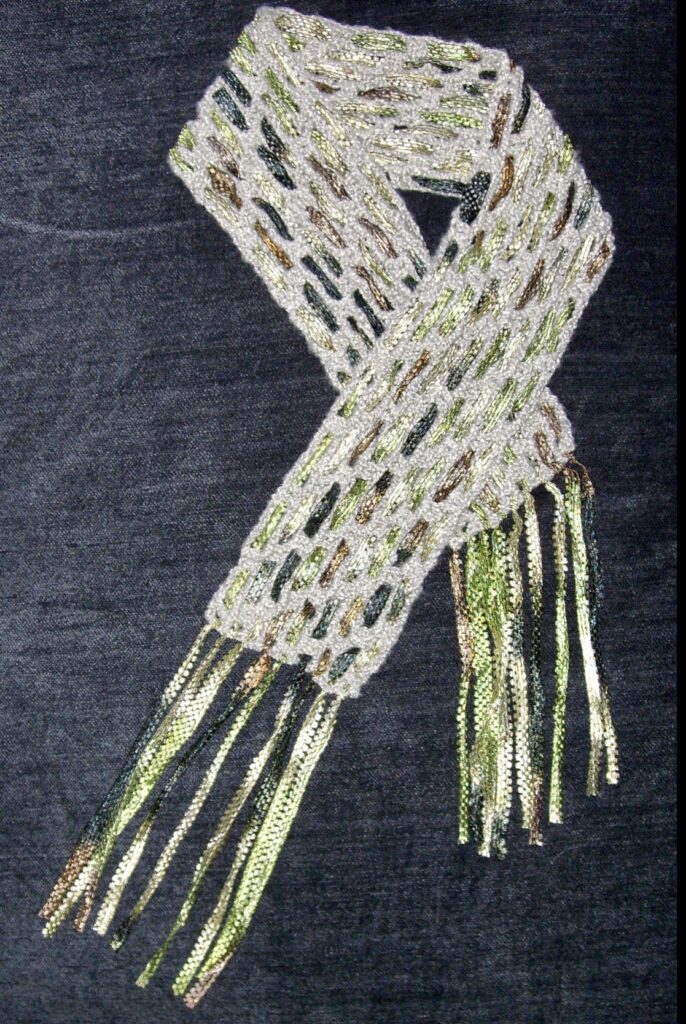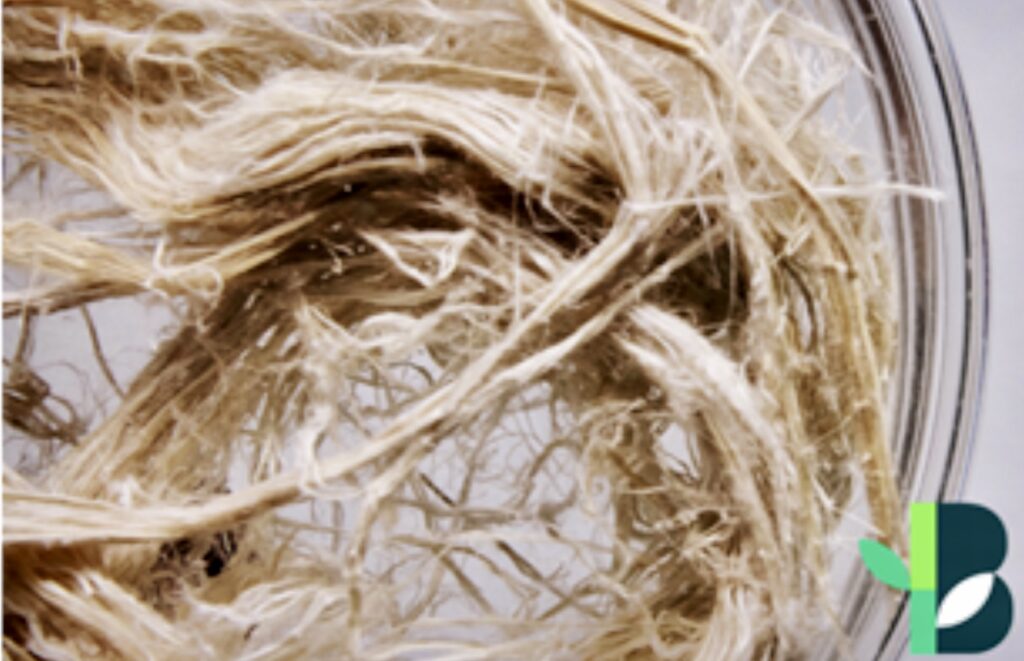Text by Henrylito D. Tacio
Photos: DOST-PTRI and Wikipedia
Have you tried wearing a shirt, pants, or socks made from bamboo textiles? Or have you used bamboo textiles as sheets and pillow covers?
If you haven’t yet, then you must be someone from another planet who just landed on earth!
In the past, no one seemed to pay attention to bamboos as they are considered as “poor man’s timber.” Not anymore as people these days are very much aware of what is happening with our environment.
This is the reason why textile and apparel manufacturers are exploring renewable fibers having unique performance as their way of adding value to their products and catching the attention of consumers.
Bamboos caught the attention of fashion designers. The tallest grass, which contains fibers, is readily available. Historically, they were used only for structural elements such as bustles and the ribs of corsets.
But with the advancement of different technologies, bamboo fibers can now be used for a wide range of textile and fashion applications. What makes bamboo even more attractive is that it is renewable and can be replenished quickly.
Products made from bamboo are often labeled as “green,” “biodegradable,” “eco-friendly,” and the like – irrespective of their method of manufacturing.
“With abundant source of raw material, relatively low cost; and unique performance of bamboo fiber, it is only a matter of time to develop green and pure bamboo textiles,” a paper said.
The Philippines is not far behind on this. In fact, the Department of Science and Technology (DOST), through its Philippine Textile Research Institute (DOST-PTRI), develops sustainable technologies to create greener bamboo textile materials.
The DOST-PTRI bamboo fiber extraction technology was first developed in 2015. And a press statement from the DOST said that it has already applied for intellectual property protection with the Intellectual Property Office of the Philippines (IPOPhil) for the said technology.
The application was for, among others, “the mechanical, chemical, and biological processes to liberate the fibers from the bamboo culm.”
According to the press release: “The extracted bamboo textile fiber is treated to obtain highly cellulosic textile fibers while preserving the inherent properties of bamboo such as antimicrobial and UV-blocking properties.”
Among the bamboo species found in the Philippines that can be extracted using the technology include “kawayan tinik” (scientific name: Bambusa blumeana), “bolo” (Gigantochloa levis), yellow bamboo (Bambusa vulgaris), and giant bamboo (Dendrocalamus asper).
“The technology produces strong and fine bamboo fibers,” the statement said. “The considerably mild and eco-friendly technology coupled with the simplicity of the extraction and treatment technique makes it highly suitable for textile fiber processing in remote bamboo-rich local areas leading to economic gains for the bamboo textile industry.”
A more popular commercial process of converting bamboo into textile material is through cellulose regeneration. In this process, bamboo culms are broken down into chips, dissolved, and extruded through spinnerets to produce fine staples or filaments.

Scarf 
Pretreated bamboo textile fiber
But there’s a big problem with this technology: In this synthetic technique, new fiber properties are introduced while the natural integrity of the bamboo textile fiber is not conserved. In addition, the toxic and hazardous substances involved in the production of regenerated bamboo viscose fibers implicate the environmental downside of the process.
Filipino researchers are not stopping from what they have started. To promote the increased utilization of natural textile fiber processing from bamboo, the DOST-PTRI has moved towards sustainable and improved fiber extraction techniques for other bamboo species like “laak” (Bambusa philippinensis), “anos” (Schizostachyum lima), and “puser” (Cyrtocholoa puser s. dransf.).
“The greener and milder conditions in the transformation of bamboo culms into natural textile materials promote an ecological and community-centered approach,” the statement said.
“This puts the initiative squarely on bamboo farmers, farm owners, and textile fiber producers and it ensures that the socio-economic and environmental benefits of the bamboo textile fiber technology redound to the direct benefit of the many bamboo-rich rural communities,” it added.
This year, the Technical Working Group (TWG) of Republic Act 9242 or the Act Prescribing the Use of the Philippine Tropical Fabrics for Uniforms of Public Officials and Employees and for other purposes, has been included in the proposed revised Implementing Rules and Regulation (IRR), the inclusion of other natural textile fibers that include bamboo, to help widen the scope of textile fiber sources and promote employment generation in the countryside.
“This market represents 635,000 kg of treated bamboo fiber input material for the production of spun yarns that will meet just 25% of the requirements for government uniforms,” the statement said. “This represents a huge potential and market opportunity for bamboo producers in the country.”
Planting bamboo is environment-friendly. For one, it can help address the problem of climate change. Some studies showed that bamboo plants could sequester 12 tons of carbon dioxide per hectare per year.
For another, a bamboo is an effective tool in addressing soil erosion, landslides, and flooding.
Aside from bamboo textiles, there are many economic potentials from bamboo. Furniture makers and wood craftsmen who shift from wood to bamboo are expected to share in the huge export bonanza expected from a growing demand for bamboo furniture and bamboo handicrafts in the global market.
“We’re not talking here of raw bamboo for export, but finished products made from bamboo. From roots to tip, you can make soap, medicines, cosmetics, furniture, bricks, clothing, paper, floor tiles, wall panels, drinks, vegetables – even surf boards from bamboo,” said an official from the Department of Trade and Industry.

